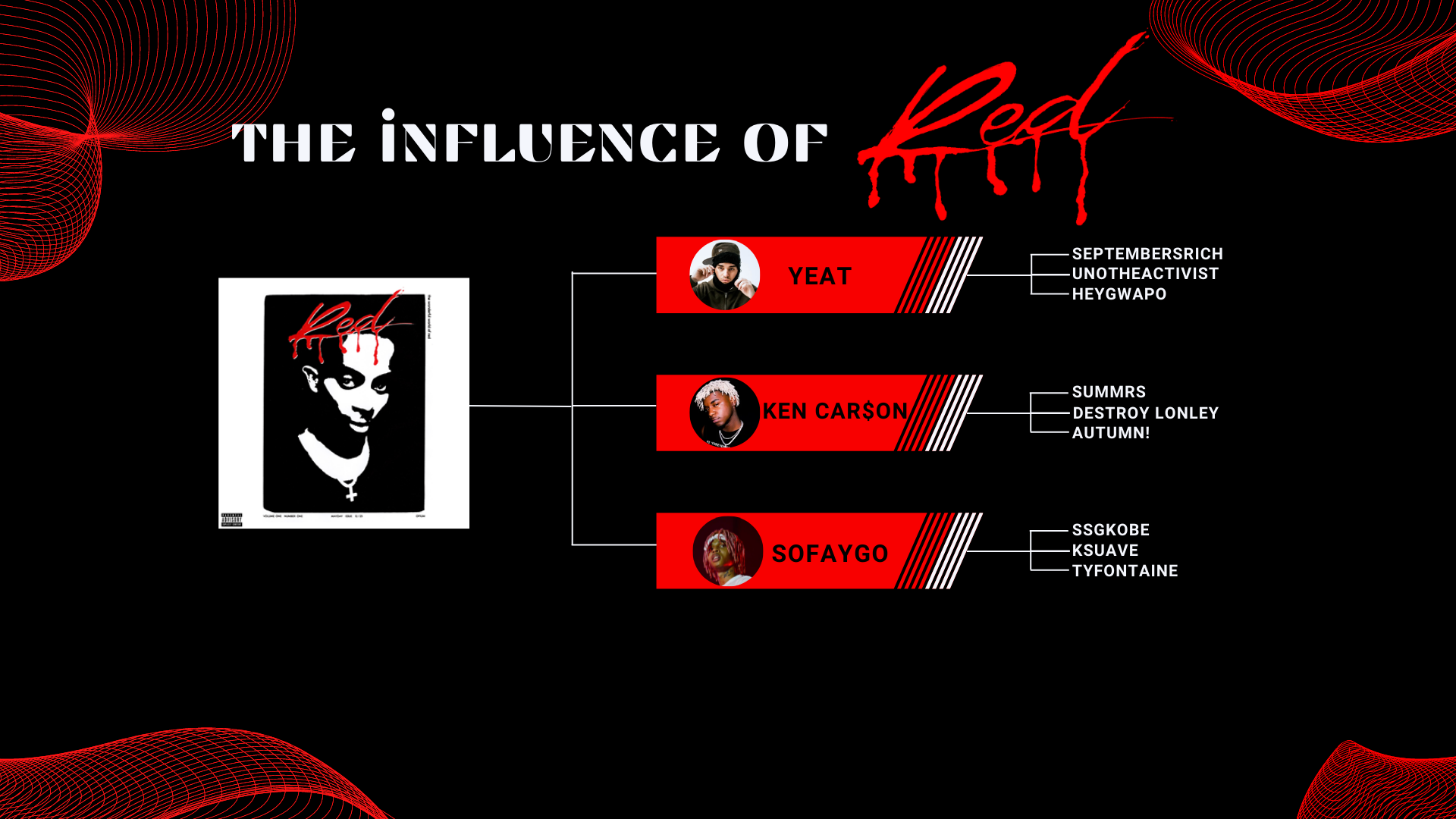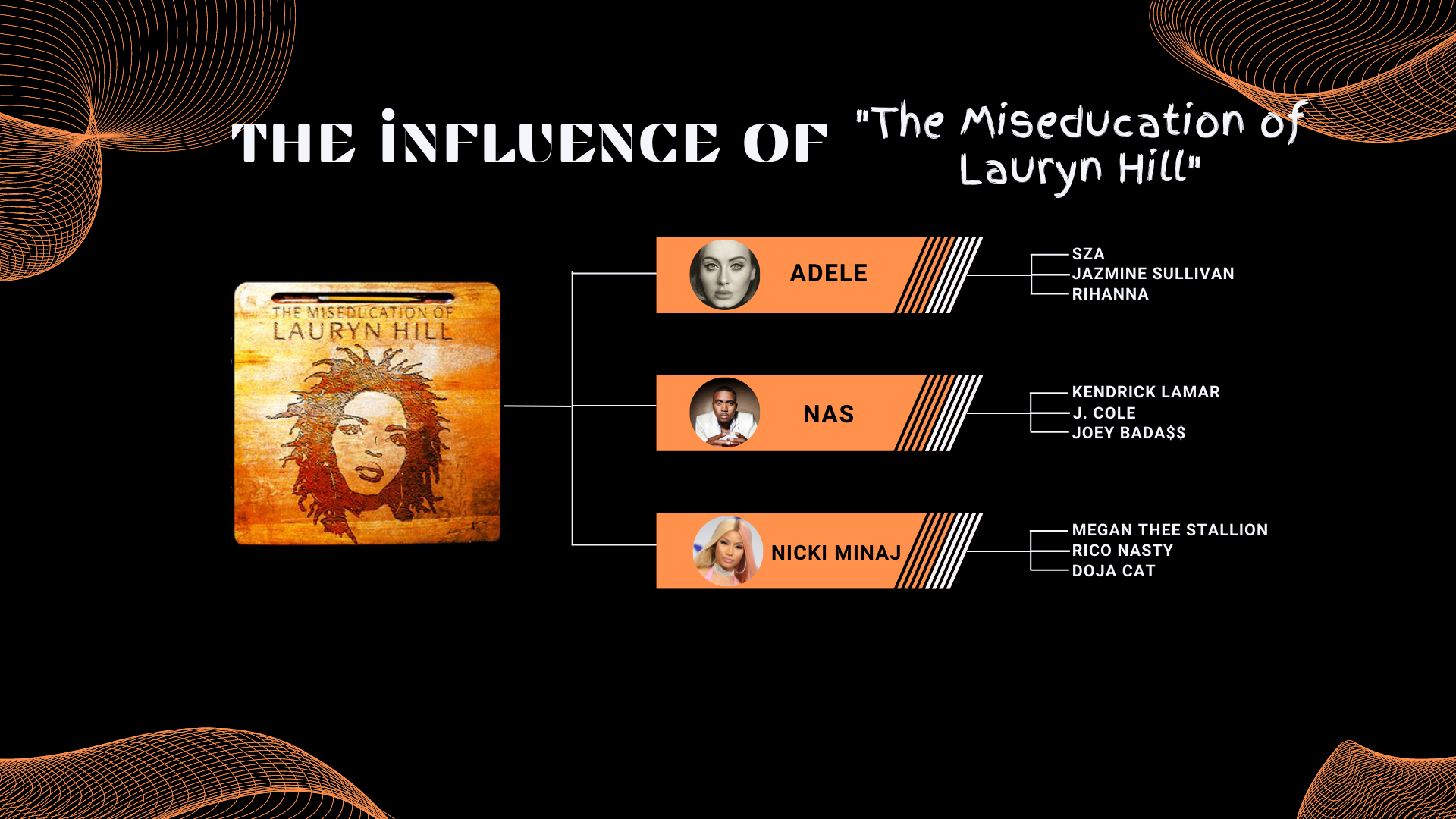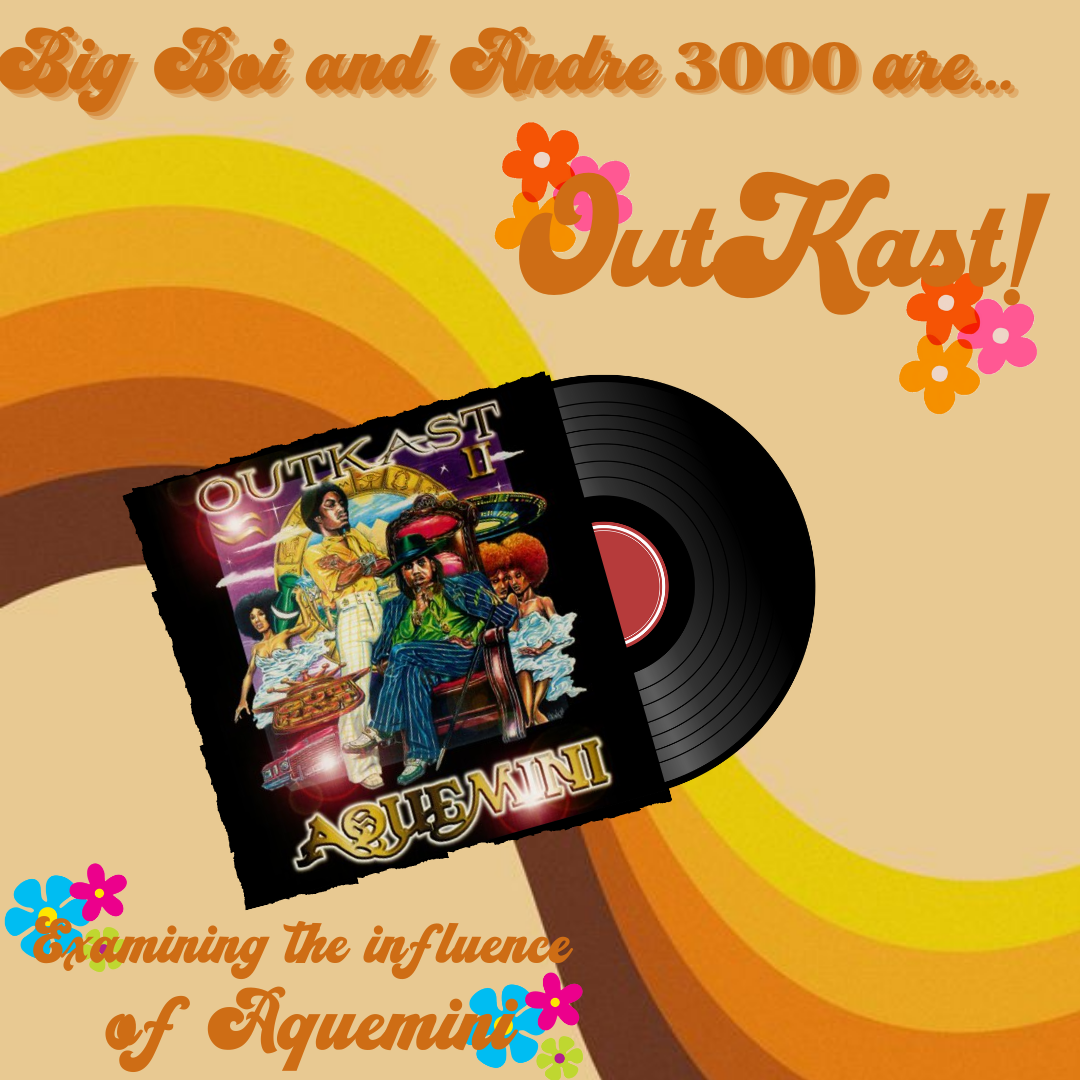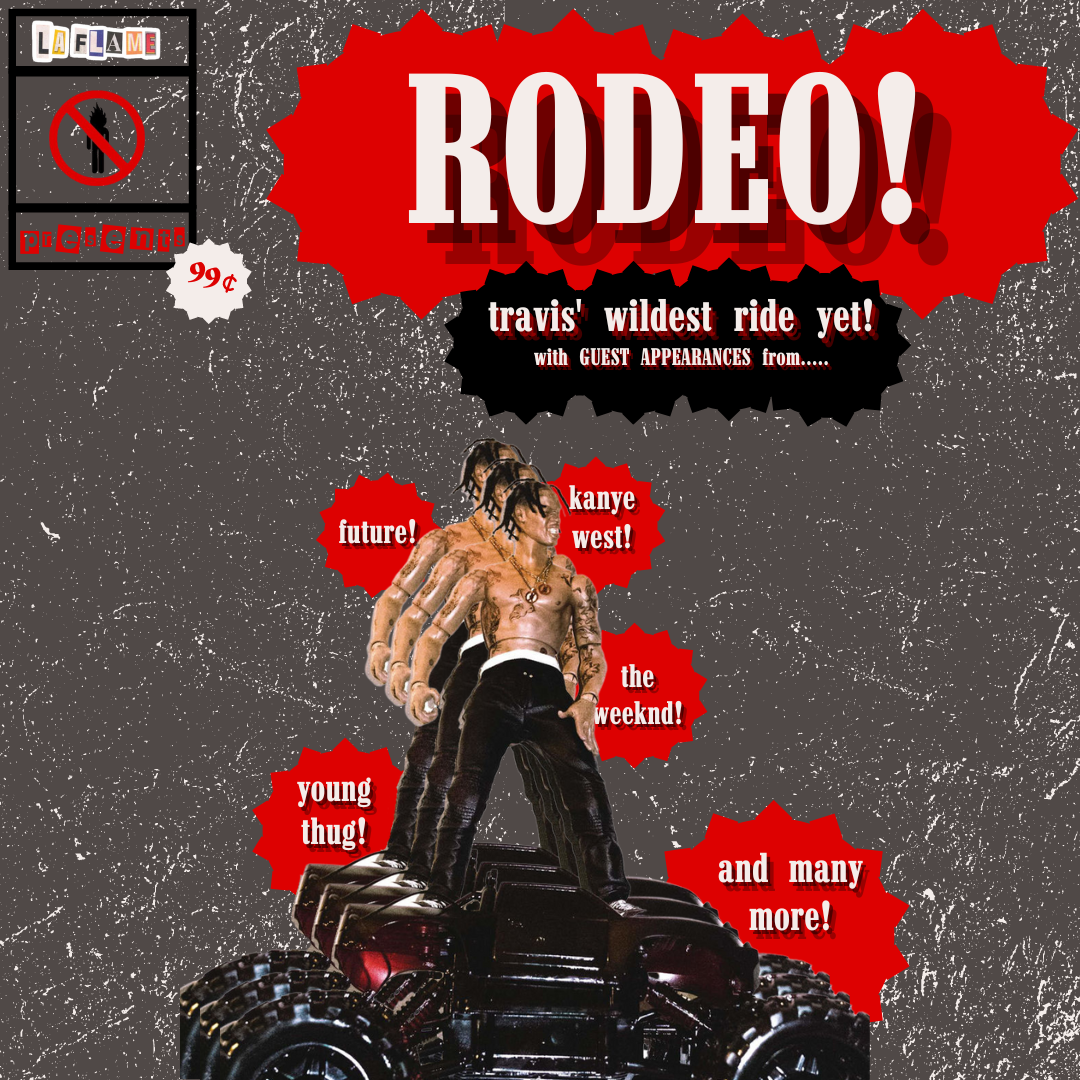The Curious Case of Drake: In Defense of “Honestly, Nevermind”
by Luke Modugno
Before the release of the Toronto-native’s seventh studio album Honestly, Nevermind, Drake’s career was in a peculiar place.
A talent tailor-made for rap music stardom, Drizzy has been the most famous act in contemporary hip-hop for the past ten years. While being a consistent force in the sphere of rap and one of the most prominent artists in the world regardless of the constraint of genre, Drake has chronically struggled to identify, locate and pursue a singular musical style or concept. That’s not to say Drake hasn’t produced moments of brilliance throughout his tenured and prestigious career. However, to call records like Views, More Life, and even Nothing Was The Same sonically focused would simply be incorrect.
Plagued with multifaceted talent, Drake has watered down his sound on a multitude of occasions to simply serve his wide target audience. Drake’s 2021 effort Certified Lover Boy was an amalgamation of the issue. Seldomly honing in on visceral trap bangers like “Knife Talk” with 21 Savage, rarely revisiting the silky R&B production and warm Drake vocals on “Love All,” and abandoning the streaks of afrobeat influence on “Fountains,” Drizzy has continually shown he isn’t willing to fully commit to a singular, specific sonic theme and what it has to offer.
Sure, it’d a valid claim to say Drake has had his artistic growth stunted by this unwillingness, however, why change? Drake is by far the most commercially successful rapper of this generation, sitting in second place on the highest selling rappers of all time. Utilizing a few genres attracts more fans than concentrating on attempting to master just one.
However, Drake clearly doesn’t tend to think that way. Drake’s 2022 record Honestly, Nevermind is a bold declaration of a divergence from a formula. A nearly hour long dance record featuring a lone distinctly overt rap song, Honestly, Nevermind is obviously not your average Drake album. Ironically enough, that’s what makes it a special landmark in his career.
While he’s present on every song, Honestly, Nevermind features by far the least amount of Drake’s voice out of his whole discography. At times, Drake’s contributions are drawn back to the point of a short hook before the production leads the way for the rest of the track, characteristic of traditional house music structure.
Behind the boards, Honestly, Nevermind is a fully-fledged exploration of house music and a historical appreciation and homage to the sporadic frequency in which Drake chose to work with dancehall and house on previous records. While tracks like “Massive,” “A Keeper” and “Calling My Name” marry Drake’s inherent capacity for optimal song structure and vocal delivery talents with bouncy house production gorgeously, Drake’s latest entry has some of his most catastrophically poor songs to date.
“Currents” characterized by a bed-squeaking sample is essentially laughable and production akin to infomercial ambient background music on “Down Hill,” Honestly, Nevermind will likely be remembered for its highest highs and its lowest lows.
Still, the music itself isn’t what makes Honestly, Nevermind a commendable piece of music. This record shows a dedication to forward-thinking art, one that wasn’t always evident on Drake’s previous records. Honestly, Nevermind is simultaneously an astronomical risk and an artistic flex.
Deviating from the usual mixed bag of genres, vocal ranges and production choices that define nearly the entirety of Drake’s catalog, Drizzy has finally dedicated the proper amount of time, care and attention to detail his knack for creating dancehall music deserves. Although Honestly, Nevermind reminds us that this genre is evidently not Drake’s strong suit, it’s far more artistically compelling than his previous unwavering dedication to creating TikTok anthems (“Too Sexy,” “Toosie Slide”). No, Honestly, Nevermind is not the best house record of all time. Would it rank in the top ten of afrobeat albums released in this year alone? Probably not. Despite that, is it an impressive effort by an artist who has clearly shown his artistic forte is that of mainstream rap music, not house? Of course it is.
Drake’s vicious flow and stone cold delivery has shown he would be capable of making a darker, experimental trap record that would be phenomenal. Considering portions of Take Care are home to some of the most iconic R&B records of the 2010’s, a fully fledged project dedicated to showcasing Drake’s exceptional singing voice would hold great potential. Following the shedding of the sonic shackles that have encased Drake’s career since Views, all of these records are now a reasonable possibility.
In other words, when people think Drake is going right, he has religiously gone right. Honestly, Nevermind feels like the first time that Drake is going left instead of right. Whatever sonic direction Drake chooses to pursue will certainly be met with a spot in Billboard Hot 100 no matter the circumstance. Using the privilege of that guaranteed commercial success to create music with apparent direction is far more intriguing than creating the fifth remix of Views. Now, all we can hope is that Drizzy chooses to continue being intriguing.
Luke Modugno is the editor-in-chief.
Thanks for reading! Make sure to follow us on Instagram to stay up-to-date on everything hip-hop.




































